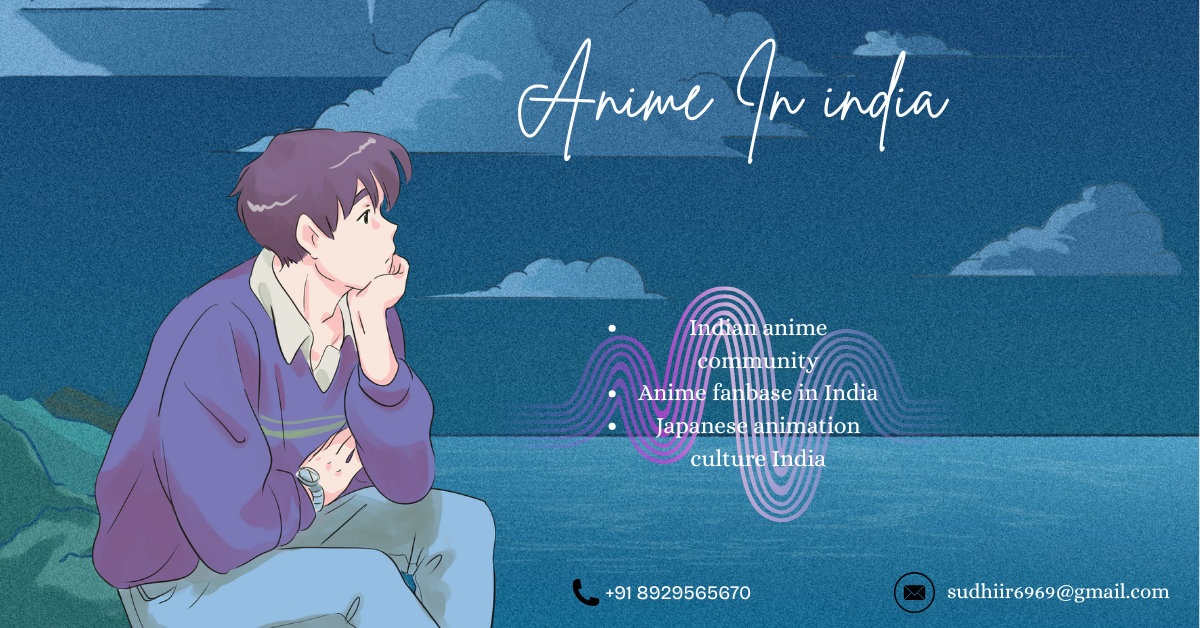Anime in India: Introduction, Importance, and Advantages
Anime, a style of animation originating in Japan, has become a global phenomenon over the last few decades. In India, anime has gained a significant following, especially among youth and young adults. While initially introduced through television channels like Cartoon Network and Animax in the early 2000s, anime’s popularity has skyrocketed with the rise of internet streaming platforms and social media. Today, shows like Naruto, Dragon Ball Z, One Piece, and Attack on Titan have a dedicated Indian fanbase that continues to grow.
Introduction to Anime in India
Anime is distinct from Western animation due to its storytelling depth, emotional complexity, cultural symbolism, and artistic styles. Although anime was not originally part of Indian pop culture, it slowly gained attention through dubbed versions of popular shows. Titles like Pokémon and Doraemon served as an entry point for younger audiences, while more mature content found an audience among teenagers and adults.
In recent years, with the advent of platforms like Netflix, Crunchyroll, Amazon Prime, and YouTube, Indian viewers have access to hundreds of anime titles with subtitles and dubs in multiple languages. Moreover, anime merchandise, cosplay events, and fan conventions are becoming more common, showing that anime has moved from a niche interest to a mainstream entertainment form in India.
Importance of Anime in India
Anime has played a crucial role in reshaping entertainment preferences among Indian youth. It has introduced audiences to different cultures, philosophies, and genres that go beyond the traditional Bollywood or Western media formats. Anime often explores themes such as friendship, perseverance, sacrifice, identity, and even mental health, making it more relatable and thought-provoking.
Additionally, anime has inspired creativity and innovation among Indian artists, writers, and animators. Many aspiring creators have taken up digital art, storytelling, and animation after being influenced by anime. Indian content creators on platforms like YouTube and Instagram are producing anime reviews, art, and even short animations, building a strong local community around this global phenomenon.
Advantages of Anime Culture in India
One of the primary advantages of anime in India is its educational value. Anime often features historical references, scientific concepts, and moral lessons, subtly integrated into entertaining narratives. For example, anime like Dr. Stone introduces basic scientific concepts, while Your Lie in April explores the beauty of classical music and emotional resilience.
Another major benefit is the development of soft skills such as empathy, critical thinking, and cross-cultural awareness. Anime introduces Indian audiences to Japanese customs, language, values, and traditions, helping broaden their worldview and cultural appreciation.
Moreover, anime has positively influenced Indian youth in terms of career aspirations. With the demand for animation and digital content rising, many are choosing careers in game design, animation, and graphic storytelling. The influence of anime has also led to collaborations between Indian and Japanese artists and studios, encouraging cultural exchange and creative partnerships.
In conclusion, anime in India is more than just a form of entertainment. It is a growing cultural force that inspires creativity, promotes learning, and brings people together. As the anime community in India continues to grow, it opens up new opportunities in education, entertainment, and art.



